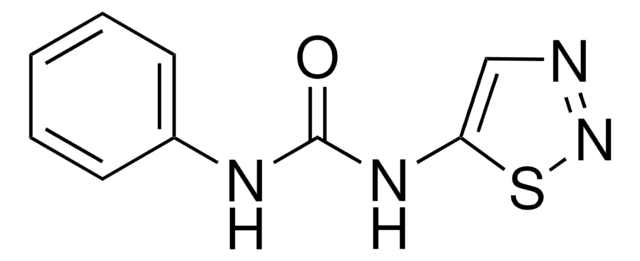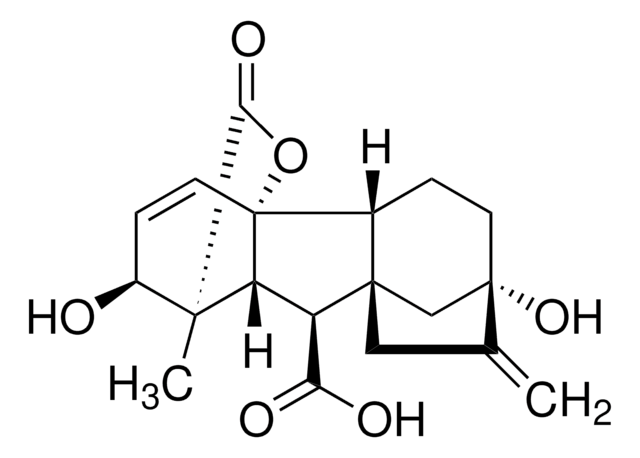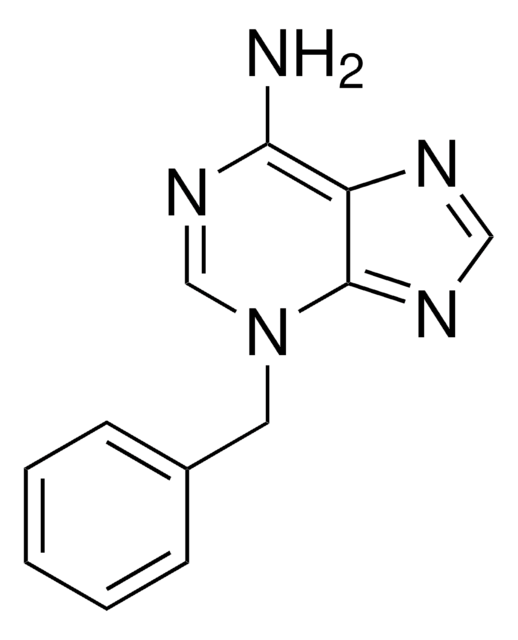Wichtige Dokumente
P6186
Thidiazuron
BioReagent, suitable for plant cell culture
Synonym(e):
TDZ
About This Item
Empfohlene Produkte
Produktlinie
BioReagent
Form
powder
Methode(n)
cell culture | plant: suitable
Anwendung(en)
agriculture
SMILES String
O=C(Nc1ccccc1)Nc2cnns2
InChI
1S/C9H8N4OS/c14-9(12-8-6-10-13-15-8)11-7-4-2-1-3-5-7/h1-6H,(H2,11,12,14)
InChIKey
HFCYZXMHUIHAQI-UHFFFAOYSA-N
Suchen Sie nach ähnlichen Produkten? Aufrufen Leitfaden zum Produktvergleich
Anwendung
- als Komponente des Proliferationsmediums zum Prüfen seiner Wirkung auf die Proliferation von embryoähnlichen Strukturen aus Triebspitzen nach der Zucht
- als Wachstumsregulator in Murashige-Skoog-Medium (MS-Medium) zum Kultivieren von Nodiensegmenten von Hyssopus officinalis L.-Setzlingen
- als Zytokinin in Induktionsmedien für Experimente mit der Hormonzusammensetzung
Biochem./physiol. Wirkung
Verpackung
Signalwort
Warning
H-Sätze
Gefahreneinstufungen
Aquatic Acute 1 - Aquatic Chronic 1 - Eye Irrit. 2 - Skin Irrit. 2 - STOT SE 3
Zielorgane
Respiratory system
Lagerklassenschlüssel
11 - Combustible Solids
WGK
WGK 3
Flammpunkt (°F)
Not applicable
Flammpunkt (°C)
Not applicable
Persönliche Schutzausrüstung
dust mask type N95 (US), Eyeshields, Faceshields, Gloves
Hier finden Sie alle aktuellen Versionen:
Besitzen Sie dieses Produkt bereits?
In der Dokumentenbibliothek finden Sie die Dokumentation zu den Produkten, die Sie kürzlich erworben haben.
Kunden haben sich ebenfalls angesehen
Unser Team von Wissenschaftlern verfügt über Erfahrung in allen Forschungsbereichen einschließlich Life Science, Materialwissenschaften, chemischer Synthese, Chromatographie, Analytik und vielen mehr..
Setzen Sie sich mit dem technischen Dienst in Verbindung.













